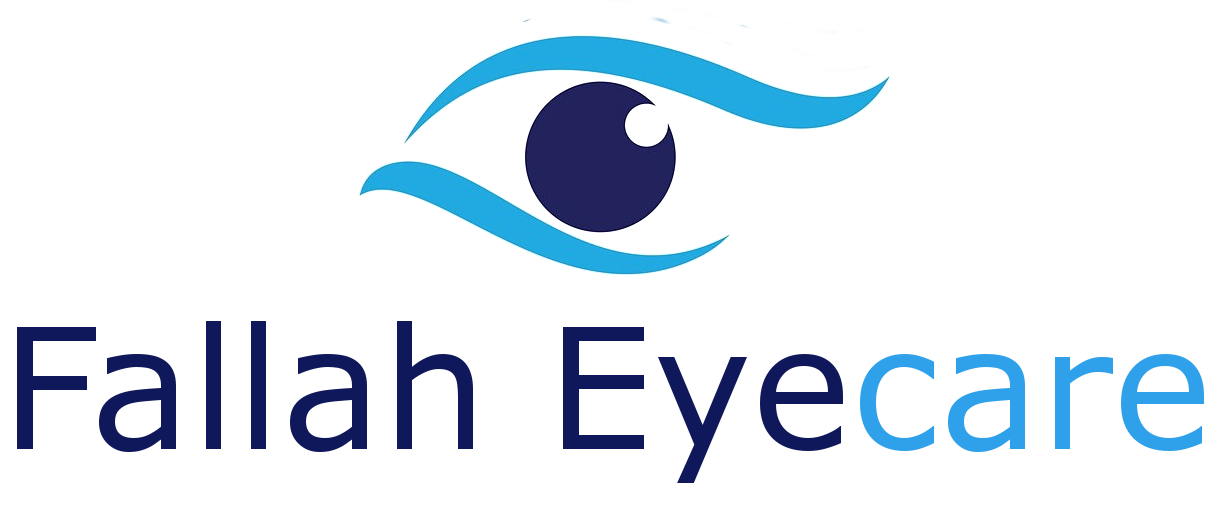Frequently asked quesitons
A collection of frequently asked questions and answers on eye care and vision care.
The most common questions among patients
- Why undergo an eye examination?
- When do an eye examination?
- How to prepare?
- What to expect from the eye exam?
- What are the results?
An eye examination helps to detect eye problems in their initial phase – that is when they are more treatable. Regular eye care gives your ophthalmologist the ability to help you correct or adapt to visual changes and provide advice for looking after your eyes.
Several factors can determine the frequency with which an eye examination is required, including age, health and risk of developing eye problems. The general guidelines are as follows:
Children up to 5 years For children under 3 years of age, the pediatrician will probably look for the most common eye problems: lazy eye, crossed eyes or strabismus. Depending on the child’s willingness to cooperate, he or she may undergo a more complete eye examination between ages 3 and 5.
School and adolescent children Check the child’s vision before entering first grade. If the child has no symptoms of vision problems and has no prior vision problems, keep it rechecked every one or two years. Otherwise, plan eye exams based on the opinion of your eye doctor.
If you wear contact lenses or glasses, bring them to your appointment. Your ophthalmologist will want to make sure your prescription is the best for you. Also prepare to remove lenses or glasses during the exam. Tests that use dye (fluorescein) to temporarily stain eyes may permanently discolor contact lenses, so you will be asked to remove them for these tests.
If the eye exam involves dilating the pupils, you can wear the sunglasses to wear after completing the visit, as sunlight or other light sources may bother you or cause blurred vision. Also, consider getting someone to take you home.
A vision test usually follows these steps:
- You will be asked for your medical history and any vision problems you are affected.
- Your ophthalmologist will measure your visual acuity to see if you need glasses or contact lenses to improve your vision.
- You could put anesthetic drops in your eyes. So your doctor will measure the eye pressure.
- Your eye doctor will check the health of your eyes, possibly using more lights to assess the front of the eye and the inside of each eye. To make this analysis easier inside the eye it is likely that he or she will dilate the eyes with the eye drops.
- Your ophthalmologist will finally discuss what he or she has found during the exam and answer your questions.
Several tests can be performed during the eye exam. The tests are designed to test your vision and to examine the appearance and function of all parts of your eyes.
At the end of your eye exam, you and your doctor will discuss the results of all the tests, including an assessment of your vision, the risk of eye diseases and preventive measures that you can take to protect your eyesight.
The normal results of an eye exam include:
- Vision 10/10
- Good peripheral vision
- Ability to distinguish various colors
- Structures of normal appearance of the external eye
- Absence of cataracts, glaucoma or retinal disorders, such as macular degeneration
Your doctor can give you a prescription for corrective lenses. If your eye exam produces other abnormal results, your doctor will discuss with you the next steps for further testing or treating a basic condition.

Contact me
Address
Varese VA
Phone
Frequent questions
- What are the screening of the view?
- Are visual screening for children useful?
- Pass a screening of the view
- Do adults need frequent tests?
Visual screenings are not complete eye exams. Screenings generally take only a few minutes and are often performed by volunteers who are not opticians.
In many cases, vision screening is nothing more than a visual acuity test where you are asked to identify the smallest letters you can on a vision chart across the room.
Vision screening is typically designed to detect only subnormal visual acuity and major vision problems as quickly and economically as possible. They are generally ineffective to detect thinner vision problems and potentially degenerative eye diseases.
People who do not pass a visual screening (usually because their visual acuity is less than 5/10) become aware of this and are encouraged to visit an ophthalmologist, so that they can receive a professional diagnosis and treat the problem with care more appropriate, from glasses to contact lenses to surgery.
A good vision is essential for children to reach their full academic potential. It has been widely stated that about 80% of what children learn at school is presented visually, and that vision problems can have a profound effect on learning.
According to the American Optometric Association, about 20% of preschoolers have vision problems. Other research shows that 24 percent of adolescents with correctable refractive errors (nearsightedness, hypermetropia and / or astigmatism) do not have completely correct vision with updated prescription eyeglasses or contact lenses.
Even if the child passes a visual screening of the school, this does not guarantee that it has a perfect vision or that it has all the visual skills necessary for optimal performance in the classroom.
Indeed, a number of studies have identified significant challenges and vision screening deficiencies for children, including:
- Children with significant vision problems related to learning who are able to pass simple school vision exams
- Poor consistency of screening results among the various volunteers conducting the tests
- Parents who are unaware that their child has not passed a vision test
- Lack of continuity to ensure that children who do not pass the screening are actually subjected to a vision test
- Furthermore, the poor standardization of vision screening parameters between different states and the lack of reporting requirements make it impossible to adequately assess the effectiveness of school vision projections.
In other age groups, many older Italians often give up routine eye exams and mistakenly believe that free visual screenings provide adequate vision monitoring and protection.
This is extremely dangerous, since the most common causes of blindness – glaucoma, diabetic retinopathy and macular degeneration – increase with age. Loss of vision can often be prevented or reduced if these conditions are diagnosed and treated early. But the only way this can be done is to undergo complete routine eye exams.
Do not risk with the sight when you grow old. It may be sufficient to do a complete eye exam every two years in early adulthood. But if you are over 60, take an annual eye exam to preserve your vision and make sure you see the world as clearly as possible.
Contact us
Call us
+39 339 6440958
Visit us anytime
Via Montello, 2, Varese VA
Send us an email
info@fallaheyecare.com
About us
Subscribe
Sign up for Medicare newsletter to receive all the news offers and discounts from Medicare eye clinic.
Contact us
Call us
0-800-777-2331
Visit us anytime
27th Avenue, W2 3XE, New York
Send us an email
info@fallaheyecare.com
About us
Subscribe
Sign up for Medicare newsletter to receive all the news offers and discounts from Medicare eye clinic.
Copyright by dr. Hala Fallah 2018. All rights reserved. – P.IVA. 02542030123
Copyright by dr. Hala Fallah 2018. All rights reserved. – P.IVA. 02542030123
